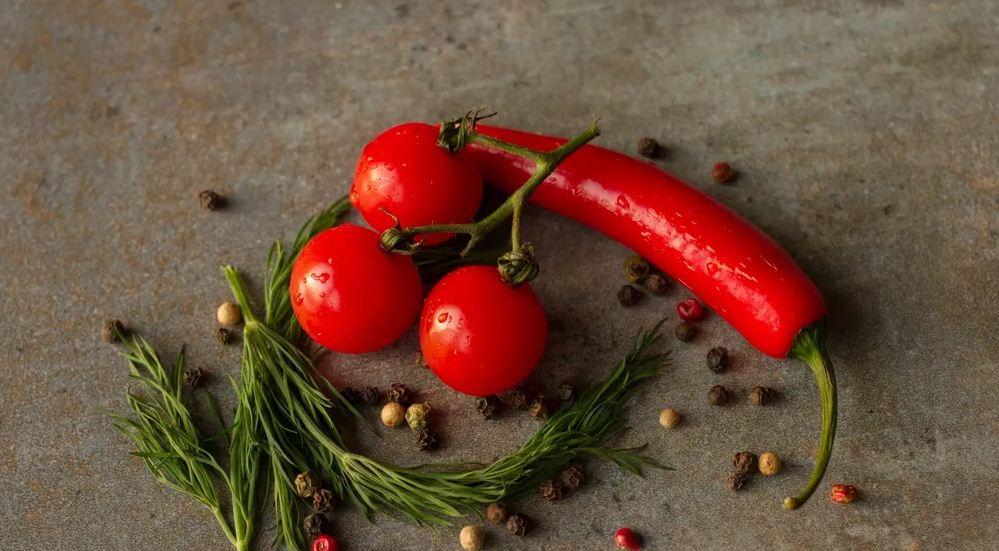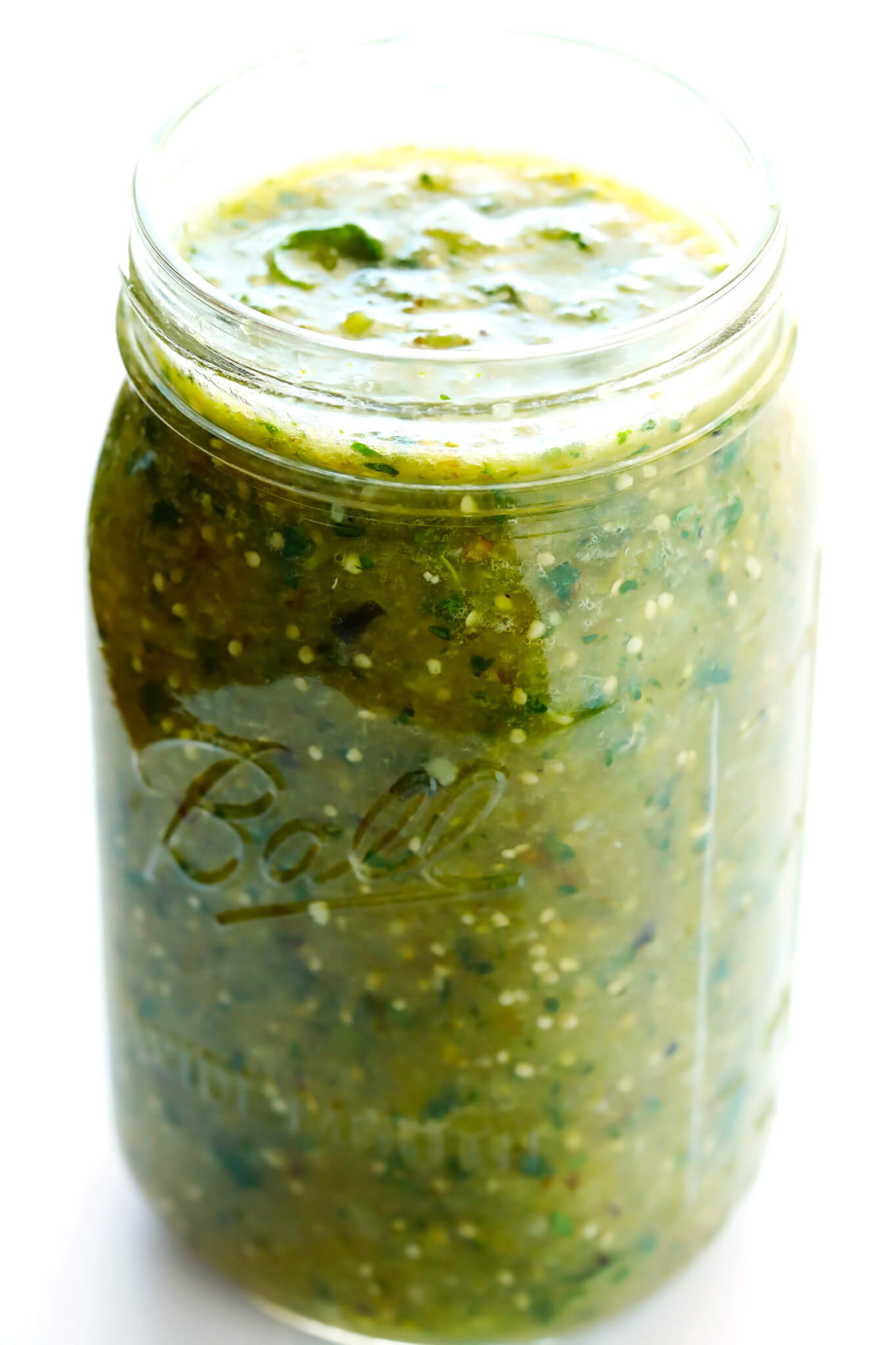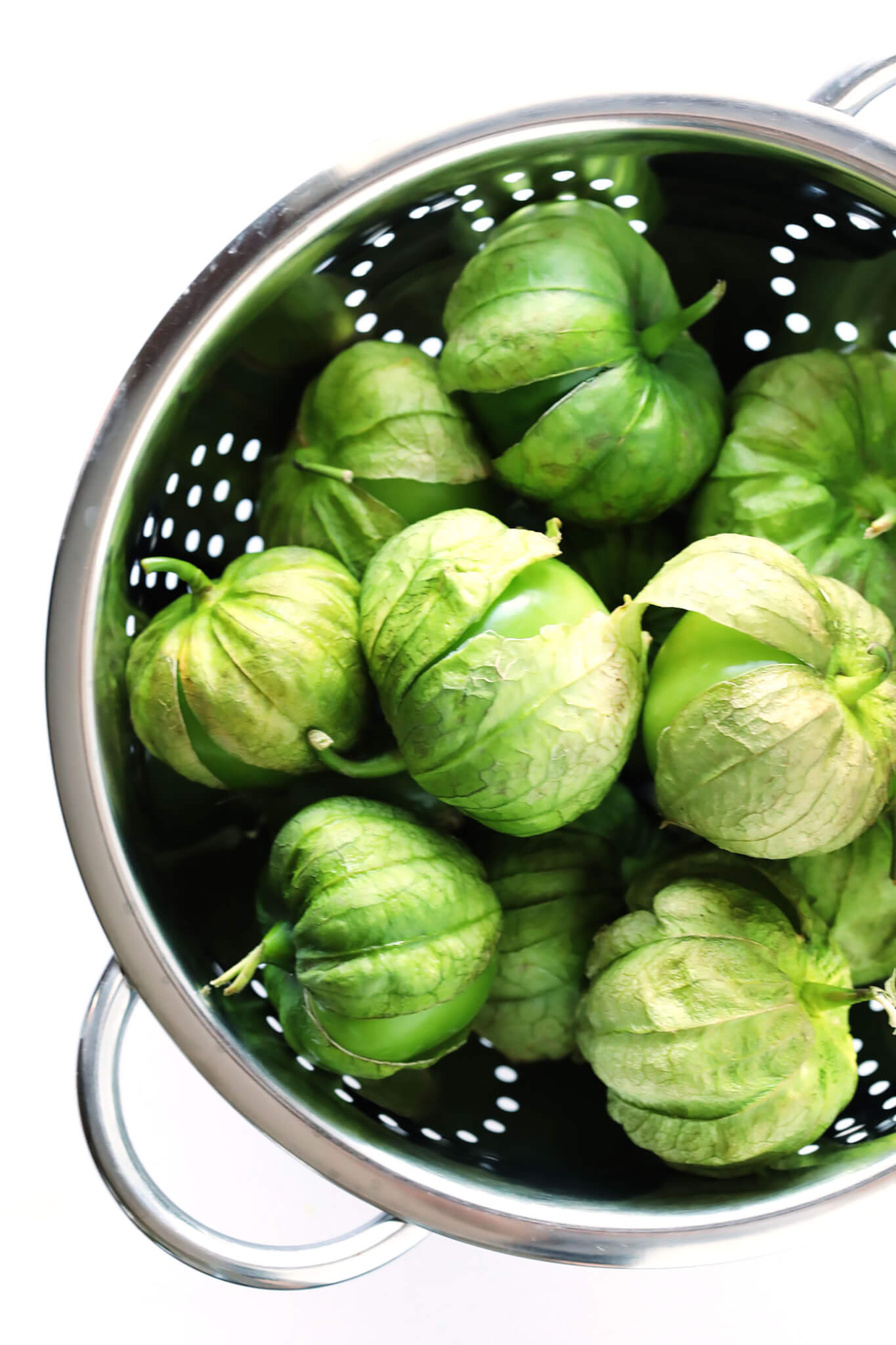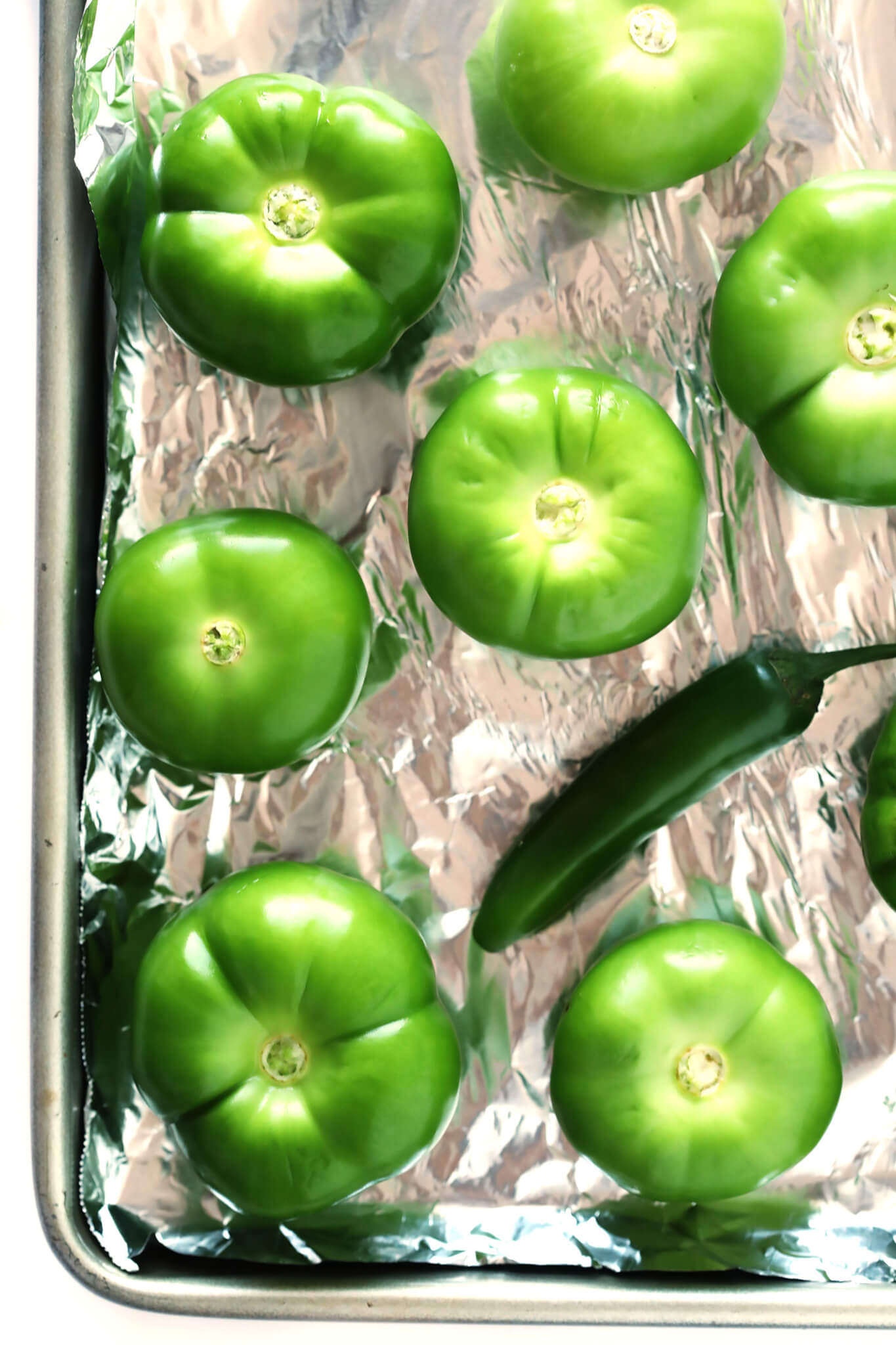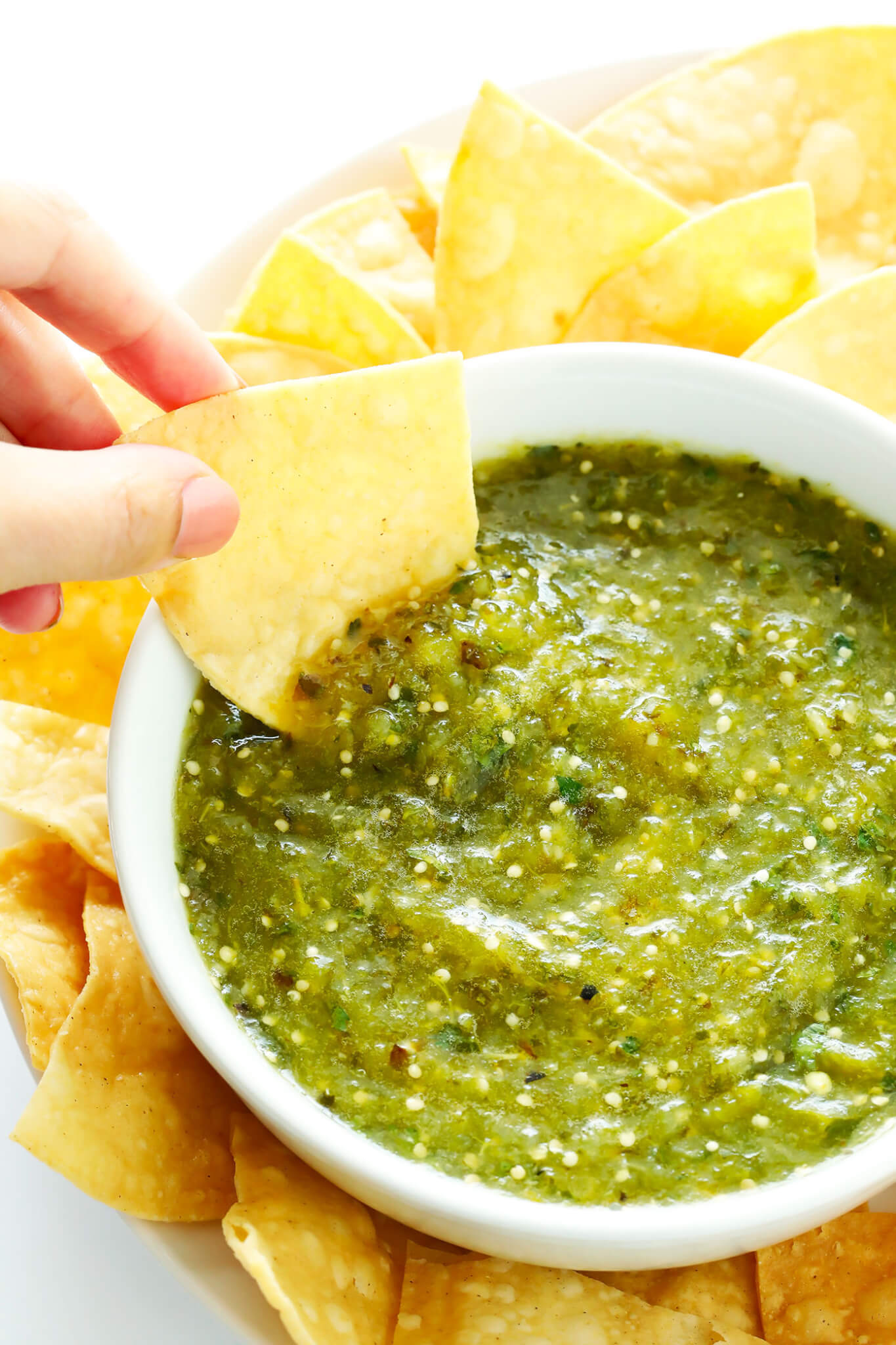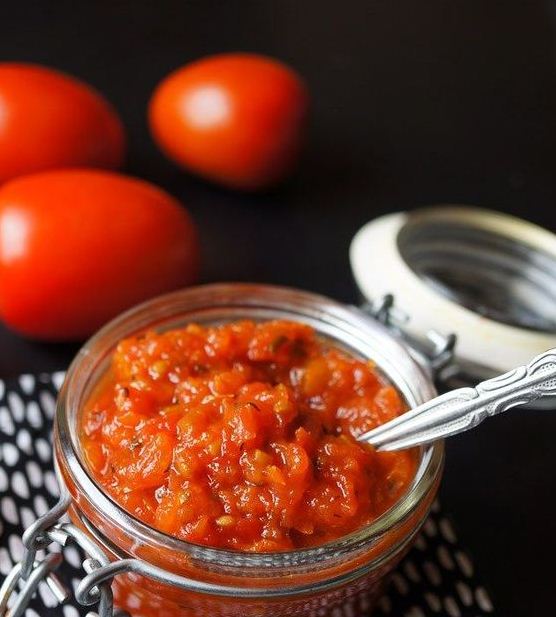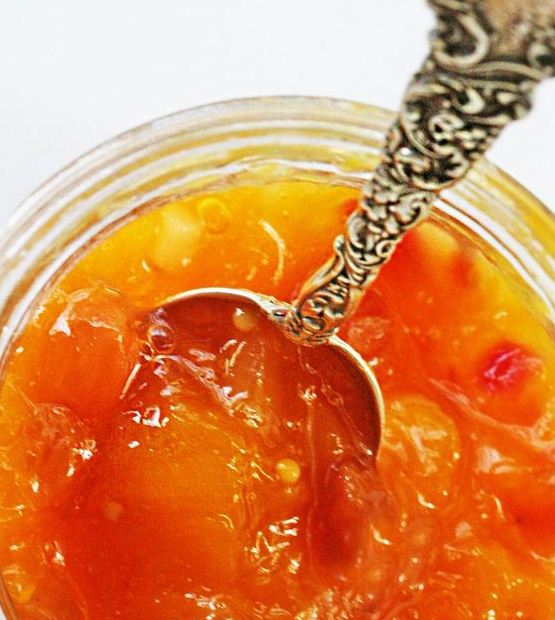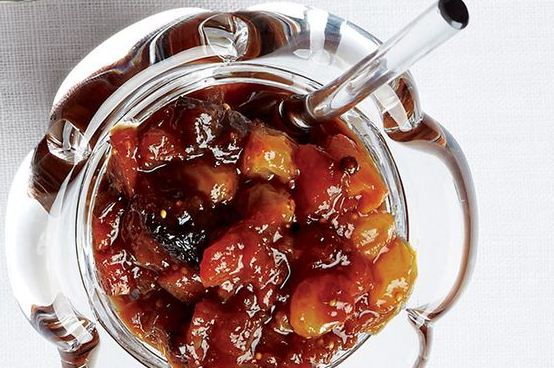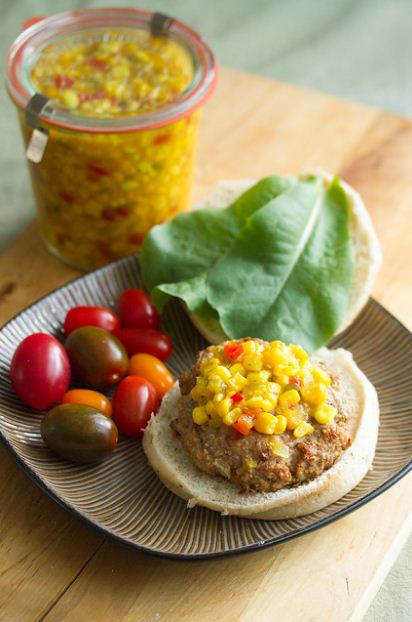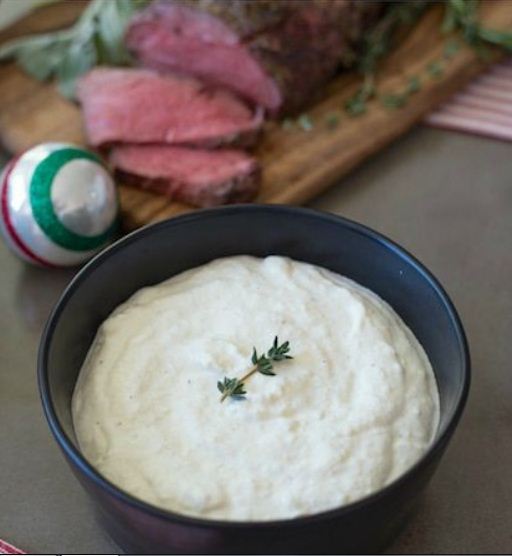How to roast whole heads of garlic in the oven so you can eat warm, toasty cloves right out of the garlic head.
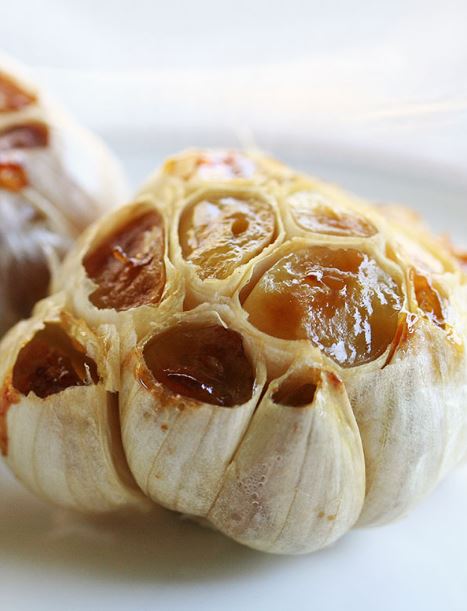
Roasting garlic changes the chemical makeup of the garlic so that it’s easier to digest. You can eat a lot more garlic if it is completely cooked, with fewer side effects than you would get from eating raw garlic. (If you’re into chemistry, you can read more about this process in the Wikipedia.)
Eat the caramelized roasted cloves directly out of the heads, or add them to pasta dishes, mash them up and spread them over toast, or mix them with sour cream for a dip.
If you are sensitive to raw garlic, you may find that you can much more easily eat roasted garlic.
HOW TO ROAST GARLIC
How to Roast Garlic
Roasted Garlic Recipe
- Prep time: 5 minutes
- Cook time: 35 minutes
INGREDIENTS
- One or more whole heads of garlic
- Extra virgin olive oil
METHOD
1 Preheat your oven to 400°F (205° C). (A toaster oven works great for this.)
2 Peel and discard the papery outer layers of the whole garlic bulb, leaving intact the skins of the individual cloves of garlic.
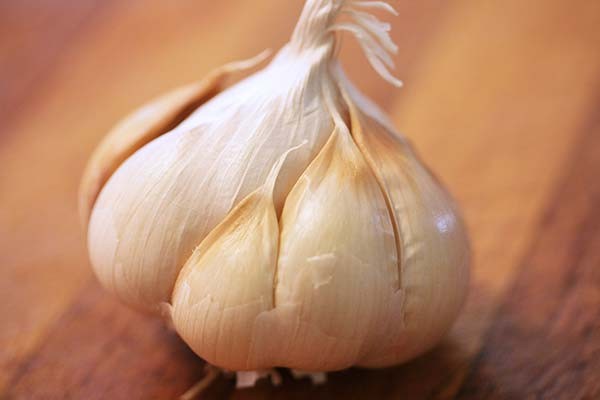
3 Using a sharp knife, cut 1/4 to a 1/2 inch from the top of cloves, exposing the individual cloves of garlic.
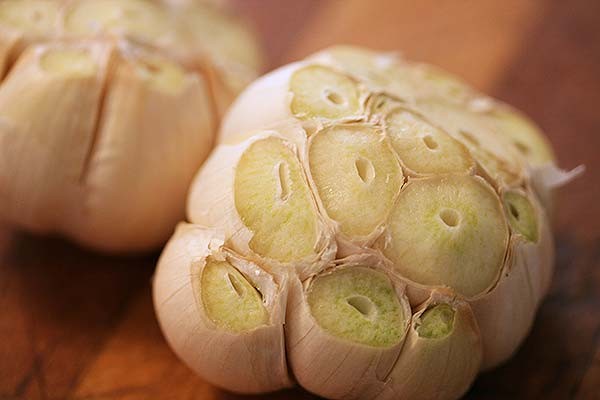
4 Put garlic in baking pan or muffin tin: Place the garlic heads in a baking pan, cut side up. (A muffin pan works great for this, as it keeps the garlic bulbs from rolling around.)
5 Drizzle with olive oil: Drizzle a couple teaspoons of olive oil over each exposed head, using your fingers to rub the olive oil over all the cut, exposed garlic cloves.

6 Cover the bulb with aluminum foil.
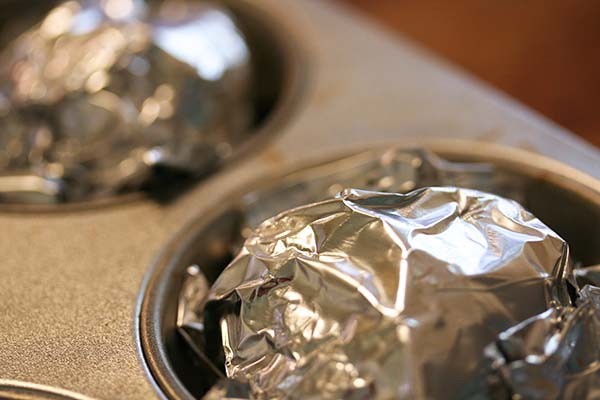
7 Bake at 400°F (205°C) for 30-40 minutes, or until the cloves are lightly browned and feel soft when pressed.
8 Cool and remove roasted garlic cloves from their skins: Allow the garlic to cool enough so you can touch it without burning yourself. Use a small small knife cut the skin slightly around each clove. Use a cocktail fork or your fingers to pull or squeeze the roasted garlic cloves out of their skins.
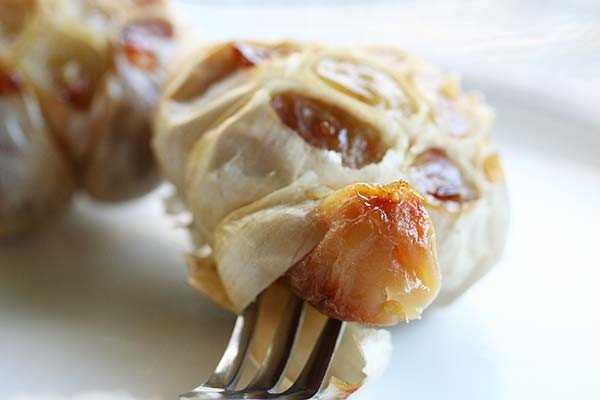
Eat as is (I love straight roasted garlic) or mash with a fork and use for cooking. Can be spread over warm French bread, mixed with sour cream for a topping for baked potatoes, or mixed in with Parmesan and pasta.
